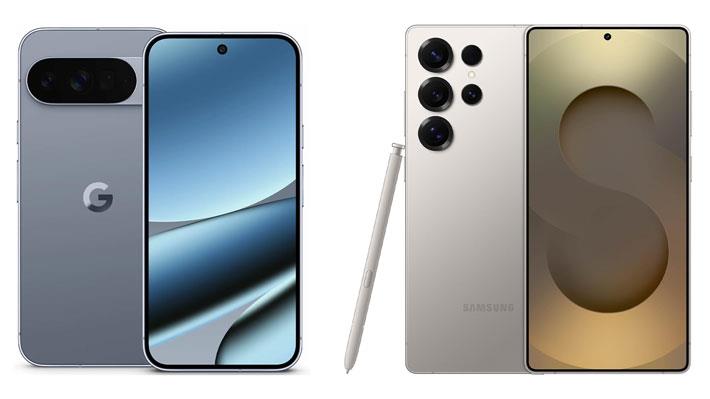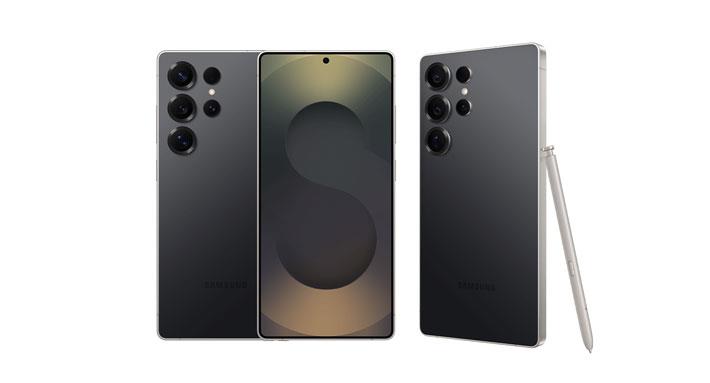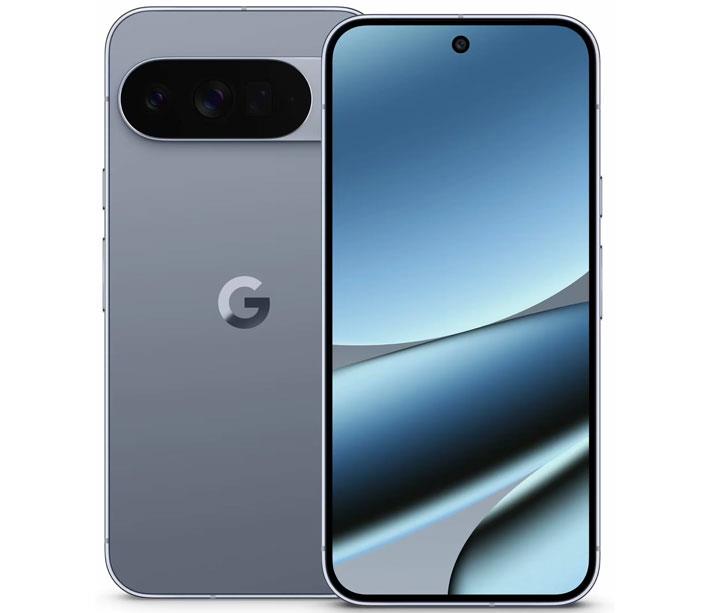
Choosing a new flagship smartphone is a big decision. For many, the choice comes down to two titans: the Samsung Galaxy S25 Ultra and the Google Pixel 10 Pro. Both phones represent the pinnacle of their respective ecosystems, offering cutting-edge technology and premium features. This in-depth comparison will help you navigate the nuances of each device. We'll examine every critical aspect, from performance and camera technology to design and software, to help you make an informed purchasing decision.
Design and Display
The look and feel of a phone are more important than you might think. It's the device you'll hold every day. The Galaxy S25 Ultra continues Samsung's signature design language. It has a slightly boxy, industrial look with sharp corners and a titanium frame. It's a large phone, with a 6.9-inch Dynamic AMOLED 2X display. The screen is known for its vivid colors, deep blacks, and exceptional brightness, with a peak brightness of 2,600 nits. The S Pen is also integrated, offering a unique productivity tool.
In contrast, the Google Pixel 10 Pro has a more rounded and comfortable design. It features a flat edge and subtle curves, making it easier to grip. It's also a smaller device with a 6.3-inch Super Actua display. This screen can reach a remarkable peak brightness of 3,300 nits. The Pixel 10 Pro also introduces the new PixelSnap system. This is a magnetic accessory system that supports Qi2 wireless charging. It’s a great quality-of-life feature for accessories and charging.
- S25 Ultra Pros: Large, stunning display, included S Pen.
- S25 Ultra Cons: Can be cumbersome to hold, heavier design.
- Pixel 10 Pro Pros: Comfortable in-hand feel, brighter display, magnetic accessory system.
- Pixel 10 Pro Cons: Smaller screen size, less "premium" aesthetic to some users.

Performance and Software
Under the hood, both phones are powerhouses. The Samsung Galaxy S25 Ultra is powered by the custom Snapdragon 8 Elite for Galaxy chipset. This processor is a top performer, handling everything from intensive gaming to complex multitasking with ease. Samsung's One UI software is built on Android and offers extensive customization options. It's a feature-rich experience, though some might find it a bit bloated. Samsung also promises seven years of OS updates.
The Google Pixel 10 Pro is equipped with Google's new Tensor G5 chip. This chip is co-designed with Google DeepMind. It’s engineered specifically for on-device AI tasks. Google's software experience is a key differentiator. It offers a clean, stock Android experience. This "pure" approach is a favorite among Android purists. The Pixel 10 Pro introduces new AI features like "Magic Cue." This tool proactively provides relevant information based on your usage. Google also offers a class-leading seven years of software and security updates. This ensures the phone stays current for a long time.
- S25 Ultra Pros: Blazing fast performance for all tasks, feature-packed One UI.
- S25 Ultra Cons: Software can feel cluttered.
- Pixel 10 Pro Pros: AI-optimized performance, clean and fast software, proactive AI features.
- Pixel 10 Pro Cons: Chipset may not always match the Snapdragon in raw power.

Camera Systems
The camera is often the most important feature for a modern smartphone. Both the Samsung Galaxy S25 Ultra and Google Pixel 10 Pro excel in this area. Samsung's approach is to provide the most versatile hardware. The S25 Ultra has a quad-camera system with a massive 200MP main sensor. It also has a 50MP ultrawide lens and two telephoto lenses (10MP and 50MP) for optical zoom at 3x and 5x. This allows for incredibly detailed and flexible shooting.
Google, on the other hand, relies heavily on computational photography. The Pixel 10 Pro has a triple-camera system. It includes a 50MP main sensor, a 48MP ultrawide, and a 48MP 5x telephoto lens. The new Tensor G5's ISP and AI capabilities allow for impressive image processing. Features like the 100X Pro Res Zoom use AI to enhance distant subjects. This often results in a more forgiving, point-and-shoot experience. The new "Camera Coach" feature also uses AI to guide users for the best shot.
- S25 Ultra Pros: Superior hardware, 200MP main sensor for incredible detail, dual telephoto lenses.
- S25 Ultra Cons: Less reliable with AI-powered zoom than the Pixel.
- Pixel 10 Pro Pros: Unrivaled computational photography, user-friendly and forgiving camera system, impressive AI-powered zoom.
- Pixel 10 Pro Cons: Hardware specs are less impressive than the S25 Ultra.
Battery Life and Charging
Battery life is crucial. The Samsung Galaxy S25 Ultra is equipped with a 5,000mAh battery. It supports 45W wired fast charging and 15W wireless charging. The battery life is solid, easily lasting a full day for most users.
The Google Pixel 10 Pro has a 4,870mAh battery. It supports 30W wired charging and 15W Qi2 wireless charging. The Pixel 10 Pro XL model, however, has a larger 5,200mAh battery and faster 45W wired and 25W wireless charging. The Pixel's new Qi2 magnetic charging is a major step forward, making wireless charging much more convenient.
- S25 Ultra Pros: Large battery, fast wired charging.
- S25 Ultra Cons: Slower wireless charging than the Pixel 10 Pro XL.
- Pixel 10 Pro Pros: Qi2 magnetic wireless charging, larger battery on the Pro XL model.
- Pixel 10 Pro Cons: Base model has a smaller battery than the S25 Ultra.
Conclusion
Choosing between the Samsung Galaxy S25 Ultra and the Google Pixel 10 Pro depends on your priorities. The Galaxy S25 Ultra is the ultimate "everything phone." It offers a powerful processor, an incredibly versatile camera system, and a feature-rich software experience with the added bonus of the S Pen. It's for the user who wants the best hardware and every feature imaginable.
The Google Pixel 10 Pro is for the user who values software and simplicity. Its clean Android experience and powerful, on-device AI make it a joy to use. The camera, while not having the most impressive specs, produces stunning results thanks to Google's computational magic. It's a phone that feels proactive and genuinely smart. Ultimately, both are fantastic choices. The best one is the one that fits your personal needs and preferences.
FAQ
1. What is the biggest difference between the S25 Ultra and Pixel 10 Pro?
The main difference lies in their approach to a premium smartphone. Samsung focuses on raw hardware power and a feature-packed experience, while Google prioritizes a clean software experience with powerful, on-device AI.
2. Which phone has a better camera for a casual user?
For a casual user who wants to "point and shoot," the Pixel 10 Pro is often considered more forgiving. Google's AI and computational photography can consistently produce great results without needing to fiddle with settings.
3. Does the Samsung Galaxy S25 Ultra have an S Pen?
Yes, the Samsung Galaxy S25 Ultra has an integrated S Pen. This is a key feature that sets it apart and is ideal for note-taking, drawing, and precise navigation.
4. What is the new "Magic Cue" feature on the Pixel 10 Pro?
Magic Cue is an AI feature that proactively offers relevant information based on your on-screen activity. For example, if you're on a call with a restaurant, it might automatically pull up the menu or reservation details.
5. Which phone offers more software updates?
Both the Samsung Galaxy S25 Ultra and the Google Pixel 10 Pro offer an impressive seven years of OS and security updates, ensuring long-term support for your device.